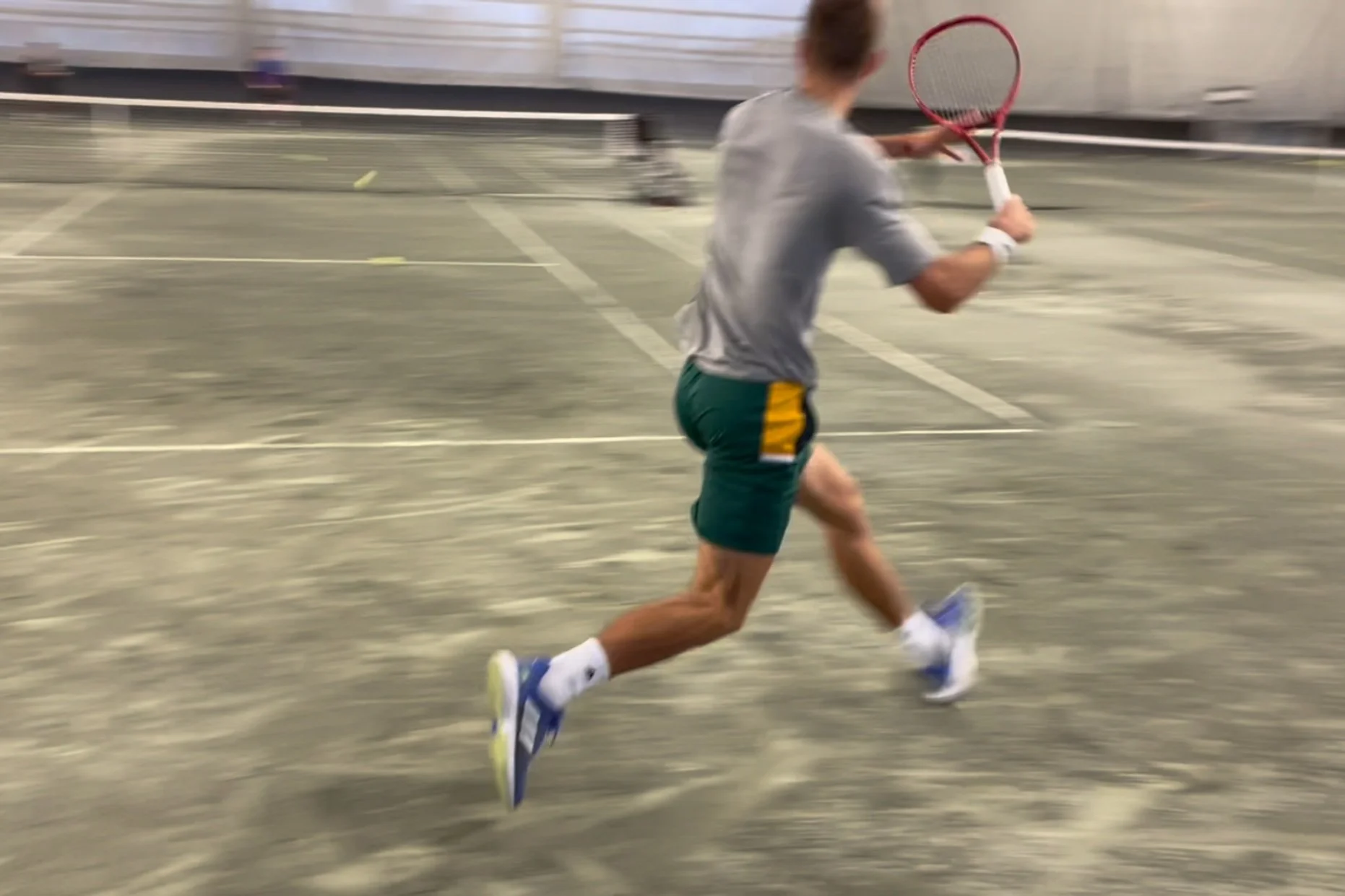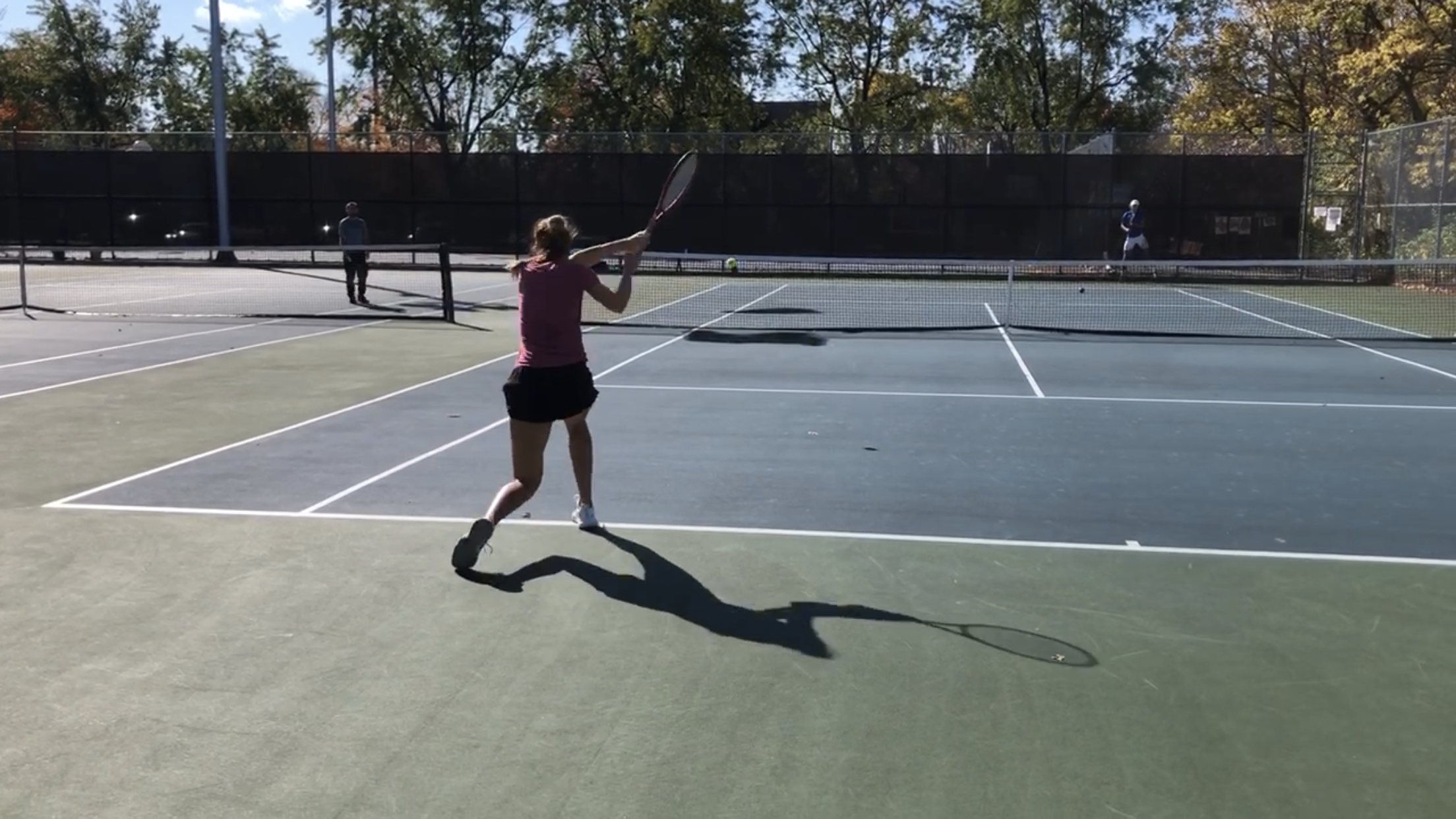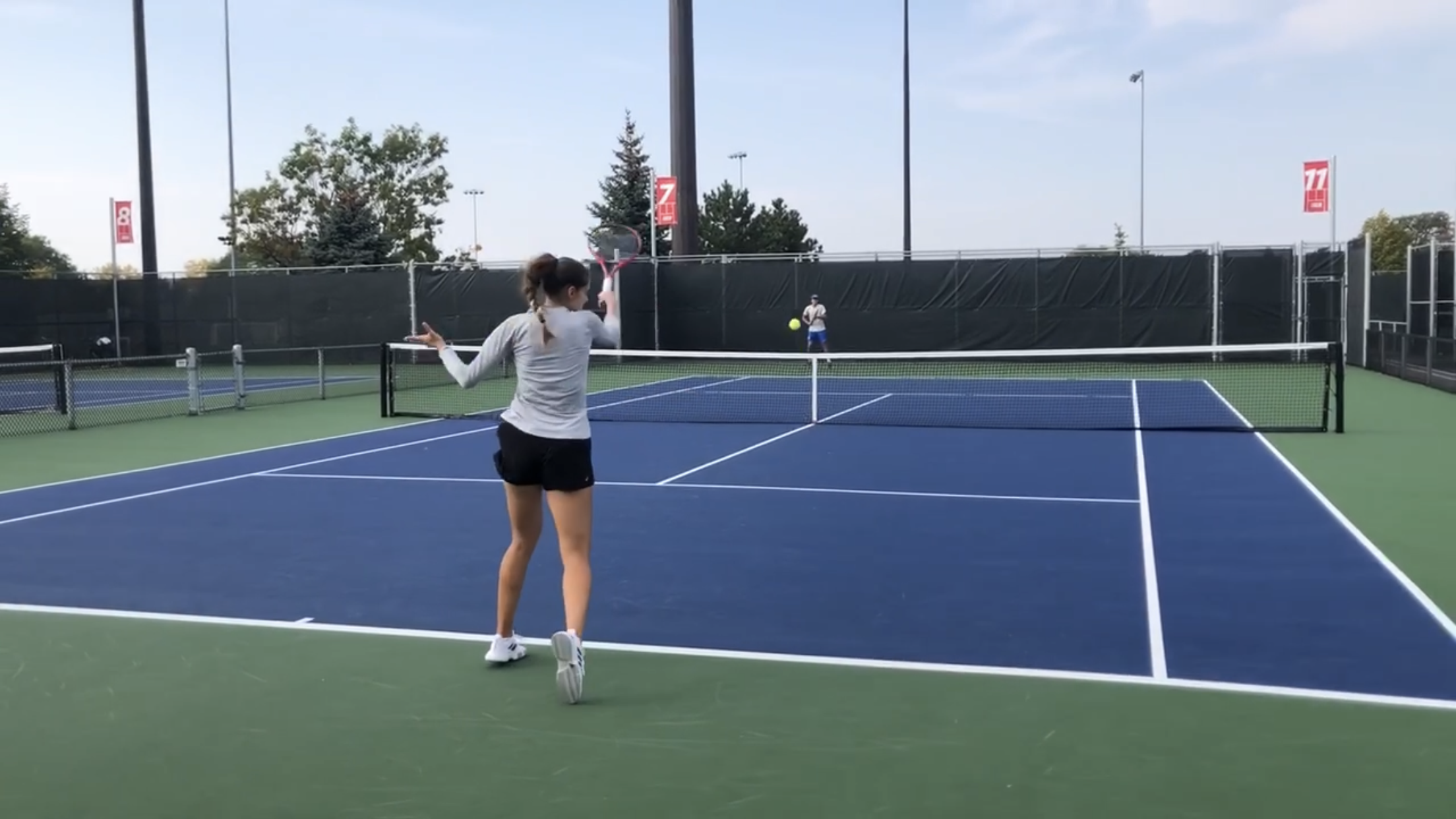If you’ve read my blog in the past, you’ve likely seen my post on attentional focus cues - and the research + implementation that goes along with it.
You may have also read my take on the importance of cueing in general. And why the right cue - given at the correct time - is often more impactful than the perfect drill (although combining the right cue with a great drill is a recipe of success).
At the time, I was deeply immersing myself in topics related to motor learning - and experimenting with this player in particular (he was quite open to new ideas).
One area that stood out to me was the topic of feedback - and its impact on learning.
There are no shortages of training videos these days. Just open your Instagram or Facebook app and within seconds you’ll be inundated with more drills than you know what to do with.
The question is, will these drills help your tennis?
I received several replies and comments from last week’s post on ‘why was I late’. Some of these were more ‘technical’ in nature. Others focused on the perceptual abilities that tennis demands (which if you haven’t noticed already, I can’t stress enough).
Many in tennis are fanatical about technique. Everything from a player’s grip, to their elbow placement on the forehand, to the degree of knee bend on the serve and everything in between. Some coaches take it to the point where you need a ruler, a protractor (and perhaps a PhD) just to analyze a basic groundstroke.
While I too believe that technique and mechanics play a vital role when it comes to playing high calibre tennis, we must respect the uniqueness of each individual. Take any 2 players on tour and compare them side by side, you’ll notice that variations exist - even when attempting to execute the same shot!
“Get set”...“use your legs”...“keep your wrist locked”...“step in!”...“move forward”...“hit higher”...“follow-through”...
If you walk by a tennis court during a lesson, these are only some of the phrases you’ll hear being shouted from across the net. The problem (beyond their vagueness) - as we alluded to in last week’s post - is the constant bombardment of these phrases. At times, players don’t just hear one cue or piece of feedback, but 5 or more. And further to that, it’s on every ball! Is this feedback facilitating learning? Or hindering it?
Like many coaches, I work with a variety of players. This includes older teens looking to make the transition to pro, juniors that are still honing their skills, seniors that want an edge and pros climbing their way into the top 100. On top of that, it’s a mix of females and males.
This get me thinking (and contemplating) - is my on-court and off-court feedback impactful? Is it driving change? Or impeding it?
As 2018 is soon coming to an end, I wanted to share the top 5 articles from the past year at Mattspoint. While I know that some of you might read the blog regularly, others may not have had the chance to check-in weekly - here’s a second chance to do so. The following posts were the most popular of 2018:
Have you ever been working on a player's forehand and thought "they're just not getting it". And instead of talking the player's ear off with detailed mechanics or trying every cue in the book, you decide to get them to throw a med ball.
All of a sudden, after just 1 or 2 cues - something like “thrust your rear hip” or “turn your torso, then release the ball” - they found the correct movement. You then return to hitting forehands and voila, they finally ‘get it’.
When beginners first start playing tennis, their movements are rather mechanical. While many coaches appear frustrated, this process is totally normal. Why so? Early on, a beginner uses a lot of conscious effort in order to complete a task. But with exposure (and hopefully proper instruction), their movements begin to stabilize...and eventually, after considerable time, they don’t even have to think about their actions, they simply ‘do it’.
If you’re involved in tennis at any level, you’re like me, constantly searching for ways to help players learn and improve.
At the base, though, what is it that we’re trying to improve? From my perspective, it’s skills - the more skilled a player is, in theory, the better they’ll perform (although even skilled performers can underperform...but that’s a whole other topic).
Imagine this scenario. An amateur player takes a lesson from a coach with the hopes of hitting a forehand like Roger Federer.
Let’s say the coach plays along. He/she presents a sequence of images to the amateur in order to see exactly the various phases of Roger’s forehand. Next, the amateur performs shadow swings, going through each position as carefully as possible. The coach then feeds the amateur a few balls, providing feedback ONLY on how close the stroke looks to Roger’s.
Coordination training is an often misunderstood and at times haphazardly delivered element of physical preparation. As with everything in coaching, context is king. A simple search of coordination training can lead you to a whole host of elaborate and dynamic drills. A well-meaning coach sees these drills and looks to implement them in their next practice – again I’m not suggesting that this is malpractice, but, more often than not, the context for including that exercise is missing.
When teaching various tactical scenarios to players, I often ask them the following question: “what do you think is the most common rally length in tennis”? Less experienced players jump to answers like 7 or 9 while those that have been playing for many years reply with 3, 4 or 5. Do YOU know what it is? When it comes to professional tennis, according to Brain Game Tennis, it’s 1. Can you believe that? The most common rally length (called the mode, in statistics) is 1! That’s a service ace or a service winner (i.e. the returner makes an error off the serve). This happens about 30% of the time. The next most common rally length is 3 - that’s a serve, return and one more shot.
In last week’s post, we introduced the concept of grit. We also took a closer look at grit’s correlation to elite sport. What did we find? For one, according to recent evidence, elite athletes across many sports are grittier than their non-elite counterparts. Secondly, those same athletes more consistently commit to their sport over the long haul - in other words, they stick to it. And lastly, the grittier athletes (the elite), were more adept at persevering through challenges compared to non-gritty athletes.
Tennis itself is primarily an individual sport. Even if you play mostly doubles, individual differences between players exist at all levels of the game. This concept is known in sport science as the principle of individualization. Research studies and coaching experience tell us that all athletes respond differently to training. That’s why many fields of study exist - from psychology, to motor learning and strength & power training - each attempting to answer questions that help us better understand human behaviour and the stress-adaptation process (and why there is so much variation in responses to the same training stimuli!).
In last week’s post, we took a closer look at the principle of progressive loading and offered several ways in which we can effectively ‘progress’ a player both on and off the tennis court. To reiterate last week's point, it’s critical that we look at progressions from a long-term macro perspective. Why so? Well, progress is rarely (if ever) linear. Further to that, each of the biomotor qualities that we spoke briefly about last week (speed, strength, stamina, suppleness, skill), improve and regress, depending on which we give greater attention to (i.e. more training stimuli).
Last week I presented in front of the BTV (Bavarian Tennis Verband) - it’s one of the biggest associations in Germany and many of the top junior tennis coaches were in attendance. The topic - how we can use off-court training strategies to accelerate on-court development. I had 3 young junior players helping me during the practical component - going through a series of jumps, bounds, throws, bodyweight exercises and so on. They were 12-13 years old and apparently, some of the best young talents in the country (I never met them previously and had never seen them play or train).
While there was a lot of positive feedback from last week’s post on blocked vs. random practice, there was also a bit of confusion. I suppose the term ‘random’ can be a bit misleading. To clear the air, this week’s post will attempt to clarify the supposed dichotomy between blocked and random practice and offer a slightly different perspective to the argument. Furthermore, there are 2 other forms of practice - called ‘variable practice’ and ‘constant practice’, which can be influenced by both block and random approaches. Lastly, several examples of each practice type will be offered and described, along with the 'why' behind their use.


















